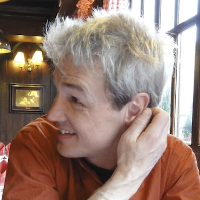So I'm tying to make AI for a Tron light cycle themed game so that when the cpu sees another light path (a 5x5 px actor) it turns left or right depending on the situation...I've tried using turn() and getObjectAtOffset() but I can't seem to find a way that works consistently, and the cpu keeps running into itself also, even though I thought I'd told it not to...maybe my understanding of the use of getObjectAtOffset() is wrong? Anyone have any insight?






